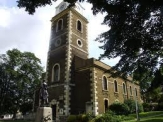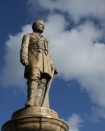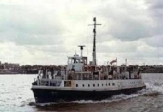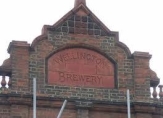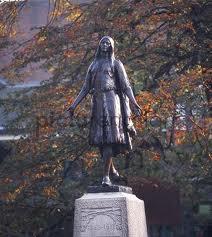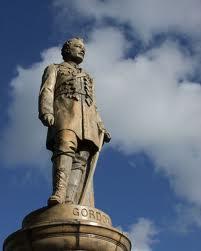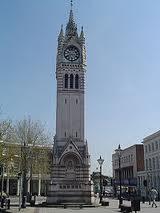
Gravesend, Kent, England - History
The Forgotten Tunnels of Northfleet - Publication by Victor Smith
Dennis Hales, 21 Jan 1928 - 8th Aug 2024 from Ifield, in his own words.
Stone Age implements have been found in the area; as has the evidence of an Iron Age settlement at nearby Springhead. Extensive Roman remains have been found nearby, at Vagniacae (Springhead); and Gravesend lies immediately to the north of their road connecting London with the Kent coast - now called Watling Street. The Domesday Book recorded mills hythes and fisheries here.
In the Fort Gardens is Milton Chantry, Gravesend's earliest existing building of the late 13th century. It was refounded about 1321 on the site of a hospital founded in 1189. At the time it was supported by lands in Essex. In 1380, the town was sacked and burned in hostilities related to the One Hundred Years War.
Gravesend has one of the oldest surviving markets in the country, its earliest charter dating from 1268.
Town status was granted to the two parishes of Gravesend and Milton, the Charter of Incorporation being received in that year. The first Mayor of Gravesend was elected in that year, although the first Town Hall was in place by 1573: it was replaced in 1764. A new frontage was built in 1836. Although its use as a Town Hall came to an end in 1968, when the new Civic Centre was opened, it continued in use as the Magistrates' Courts. Gravesend Old Town Hall has recently been restored with the help of Urban, CLG and SEEDA grants as a community facility, with office space, community café and event rooms. This has enabled local community groups and business as well as local people of Gravesham to enjoy this impressive historic building
In 1401 a Royal Grant was issued, allowing the men of the town to operate boats between London and the town; these became known as the ''Long Ferry''. It became the preferred form of passage, because of the perils of the road journey (see below).
On the river front is recorded the archaeological remains of a riverside fort built at the command of Henry VIII in 1543.
At Fort Gardens is the New Tavern Fort built during the 1780s and later extensively rebuilt by General Gordon between 1865 and 1879: it is now a museum, partly open-air under the care of the Gravesend History Society.
Journeys by road to Gravesend were once quite hazardous, since the main London-Dover road crossed Blackheath, notorious for its highwaymen. Stagecoaches from London to Canterbury, Dover and Faversham used Gravesend as one of their "stages" as did those coming north from Tonbridge. In 1840 there were 17 coaches picking up and setting down passengers and changing horses each way per day. There were two coaching inns in the New Road: the New Prince of Orange and the Lord Nelson ( Now McDonalds). Stagecoaches had been plying the route for at least two centuries: Samuel Pepys records having stopped off at Gravesend in 1650.
Milton Barracks officially opened in June 1862. The first troops occupied the Barracks soon after - 304 men and 12 officers. With the departure in 1967 of the 1st Battalion, the Welch Regiment, Gravesend’s Milton Barracks were empty, with no plans for another major unit to come to Gravesend. The barracks were sold to Kent County Council who later sold part of it for housing development.
Although a great deal of the economy of the town continued to lie with the shipping trades, the other big employees were the cement and paper industries.
During the period 1932-1956 there was an airport located to the east of the town. It began life as a civilian field, but during the World War II it became a Royal Air Force fighter station, RAF Gravesend and the city was heavily bombed by the Luftwaffe. In 1956 the site was taken over by the town council; the large estate known as Riverview Park was built on its site.
